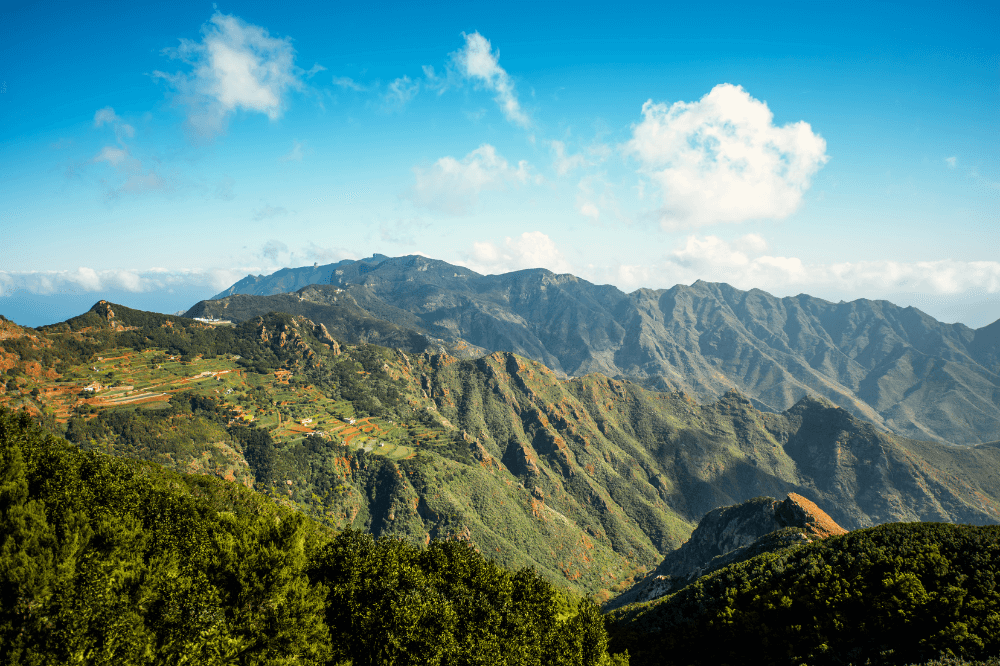Beyond its beaches and historic cities, Spain hides true treasures of biodiversity and breathtaking landscapes.
But with so much beauty spread across the country, where should you even begin?
To help you plan your next great outdoor adventure, we’ve put together this guide featuring some of the most spectacular National and Natural Parks in Spain.
Get ready to discover Spain at its wildest and most authentic.
Explore our experiences with local cooks.
Top National and Natural Parks in Spain
If your idea of a perfect vacation involves nature and the great outdoors, here are some of the best places to visit in Spain.
Ordesa and Monte Perdido National Park
Located in the heart of the Aragonese Pyrenees, this protected area is one of those jaw-dropping natural wonders.
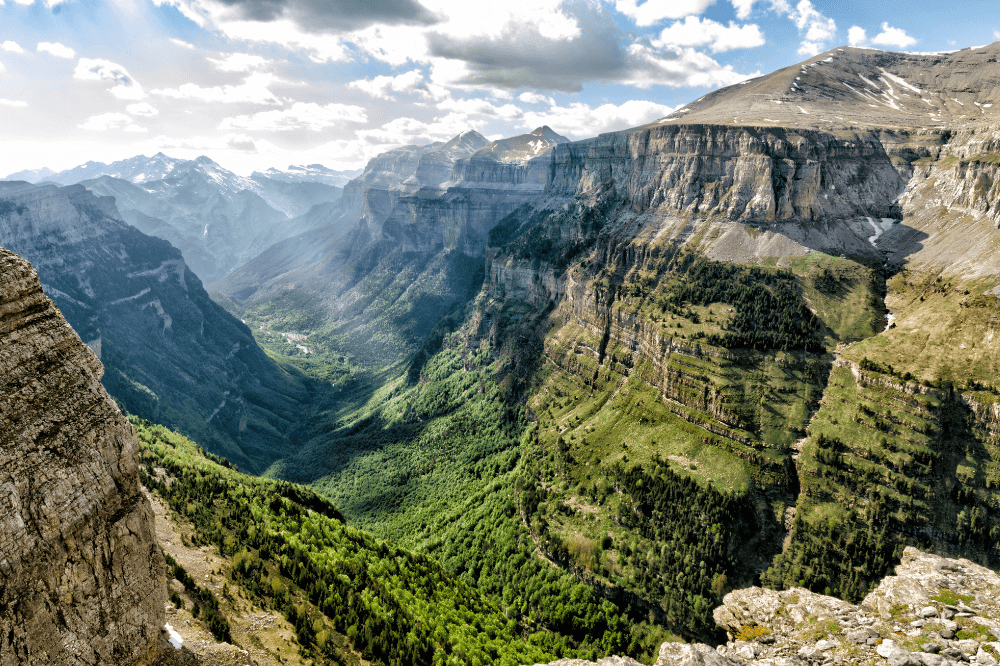
Think deep glacial valleys like the impressive Ordesa Canyon, vertical cliffs, stunning waterfalls, and dense forests of beech and fir.
It’s a hiker’s paradise with trails for all levels, from easy walks through the Ordesa Valley to demanding hikes up to Monte Perdido—one of the highest peaks in the Pyrenees.
Wildlife is just as spectacular: keep an eye out for bearded vultures soaring above, agile chamois on rocky slopes, and marmots in high alpine meadows.
Sierra Nevada National Park
Switching gears, we now head south to explore Sierra Nevada National Park.
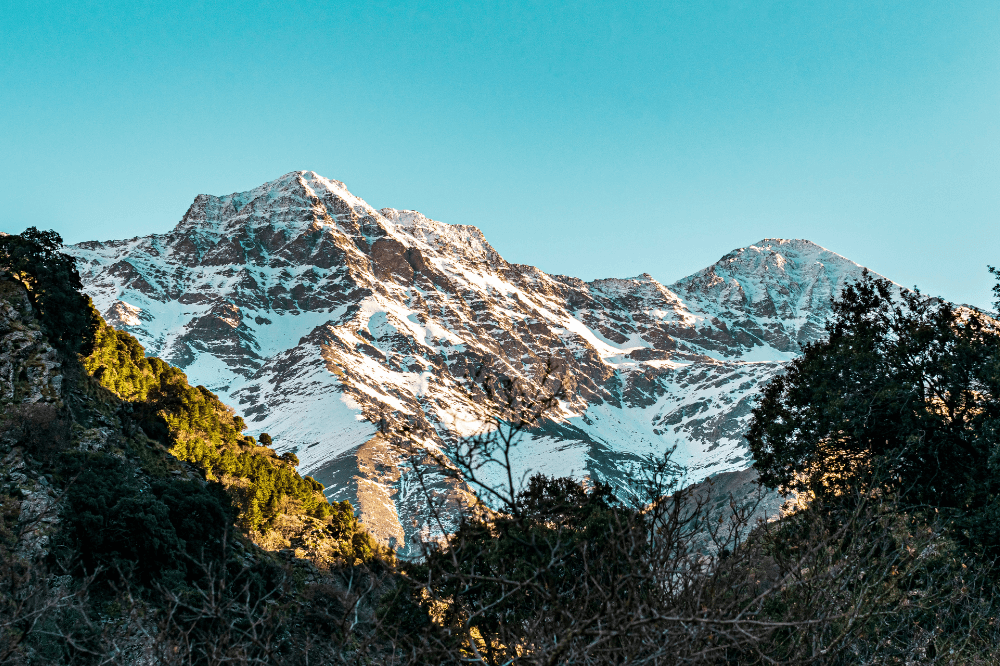
Located mainly in the provinces of Granada and Almería, this is one of the most impressive mountain ranges in the Iberian Peninsula—and the highest, crowned by Mulhacén (3,479 m), Spain’s tallest peak.
This park is a true paradise for mountain lovers year-round.
In winter, its slopes become a popular spot for skiing and snow sports. When the weather warms up, the valleys and peaks offer the perfect setting for hiking and mountaineering.
Sierra Nevada is also a biodiversity hotspot, home to numerous endemic species and a unique flora that has adapted to the park’s extreme high-altitude conditions.
Cabo de Gata-Níjar Natural Park
Still in the south, Cabo de Gata-Níjar Natural Park is truly one of a kind.
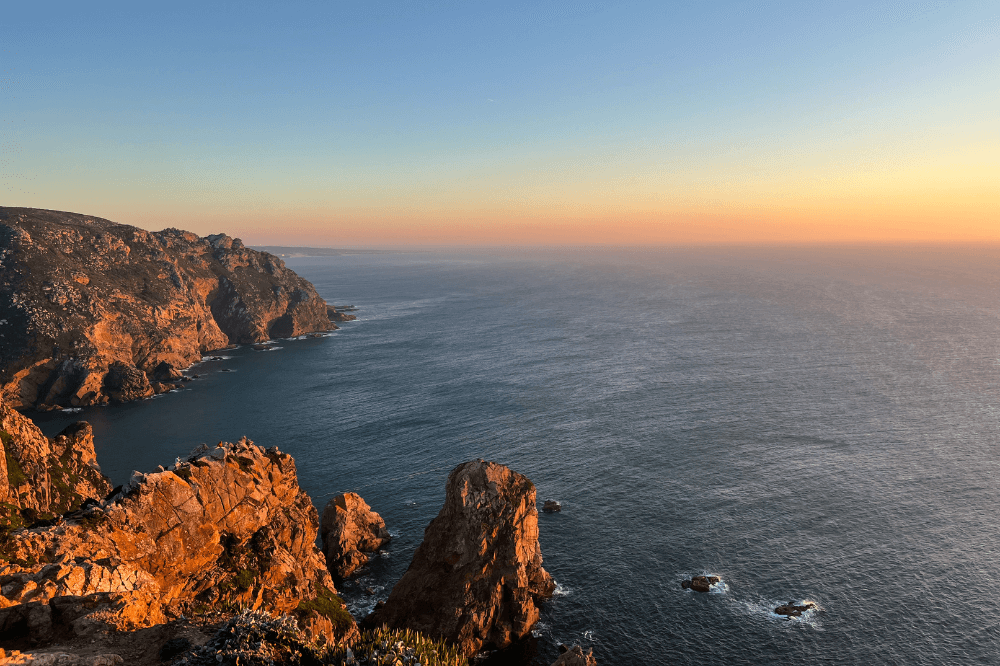
It’s the first maritime-terrestrial park in Andalusia and boasts a semi-desert volcanic landscape that blends with some of the most pristine beaches and coves in the Spanish Mediterranean.
You can hike to hidden spots like Cala de Enmedio or Cala del Plomo, relax at iconic beaches like Mónsul or Genoveses, or go snorkeling and diving to explore its rich marine life.
Inland, traditional whitewashed villages like Níjar and Rodalquilar are perfect for strolling and sampling local cuisine.
Don’t miss the salt flats, they’re a key stop for migrating birds and a paradise for birdwatchers.
Picos de Europa
If you’re looking for a nature-focused destination, Picos de Europa should be high on your list.
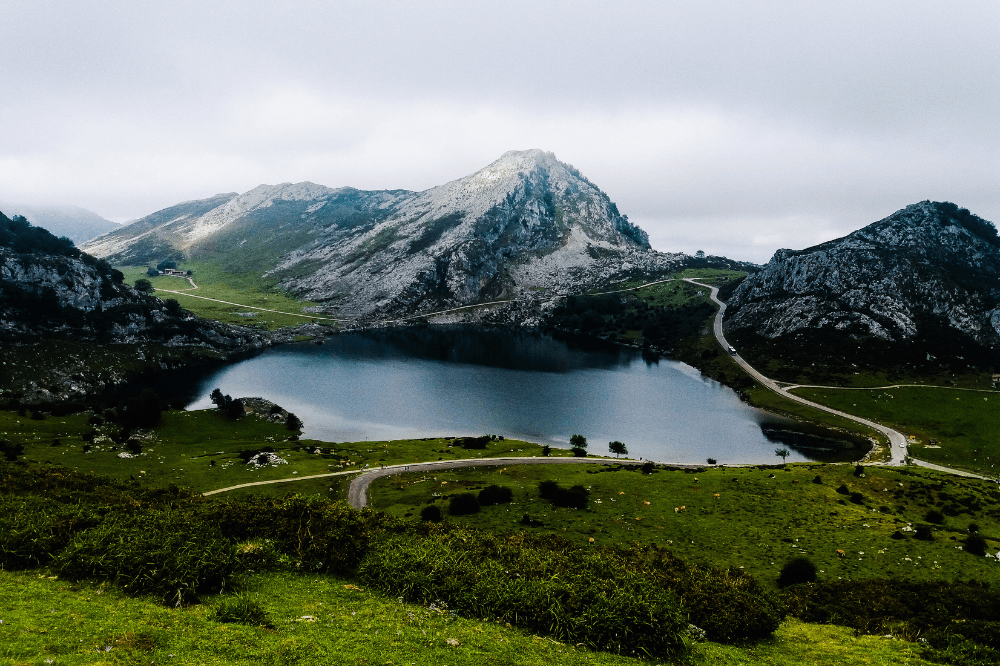
This National Park, which spans parts of Asturias, Cantabria, and León, is simply stunning.
It’s a dream for hikers, offering everything from peaceful walks through ancient forests to challenging climbs with unforgettable panoramic views, especially from the Covadonga Lakes.
But the Picos are more than just scenery. The region’s mountain traditions and culture are still very much alive.
Be sure to try the famous Cabrales cheese and soak up the local way of life. And don’t miss the spiritual and historical site of the Covadonga Sanctuary.
Traditional Asturian menu with mountain views in a rural setting near the Picos de Europa.
Atlantic Islands of Galicia National Park
From the Mediterranean’s arid landscapes, we head to the chilly Atlantic waters of northwestern Spain to explore Galicia’s only National Park.
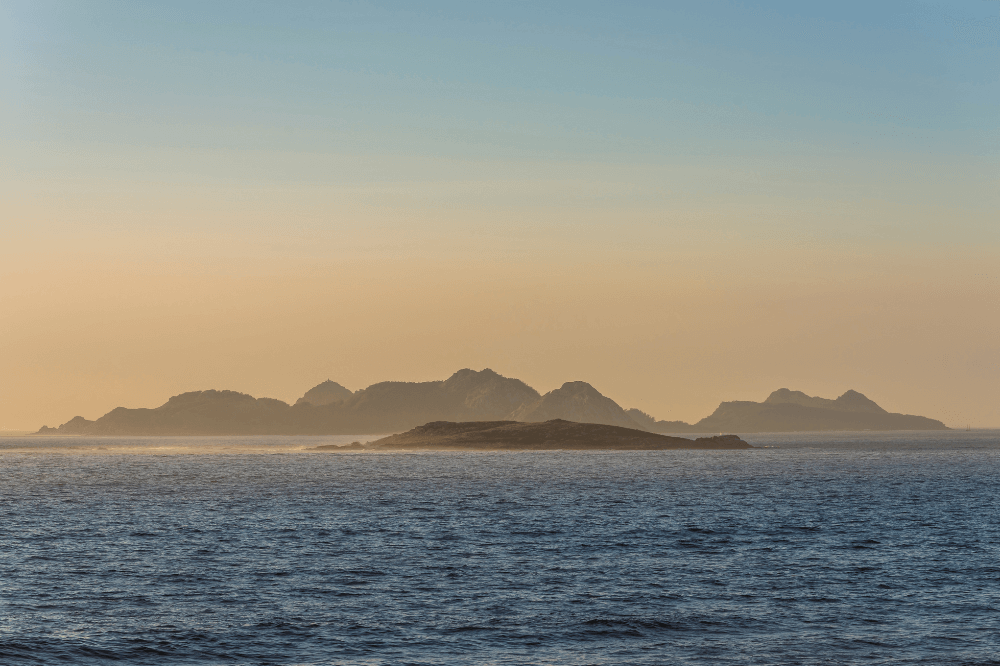
The Atlantic Islands of Galicia National Park includes the islands of Cíes, Ons, Sálvora, and Cortegada, an archipelago where cliffs, dunes, and marine biodiversity converge.
On land, you’ll find dramatic scenery with pine and eucalyptus forests, rolling dunes, and cliffs plunging into the sea.
Rodas Beach, on the Cíes Islands, has been named one of the world’s best beaches thanks to its white sand and turquoise waters, Caribbean looks with Atlantic character.
Underwater, the park is a marine sanctuary teeming with life, perfect for snorkeling and diving among algae forests, vibrant invertebrates, and diverse marine species.
It’s also an essential nesting site for seabirds like yellow-legged gulls and cormorants.
Sierra de Grazalema Natural Park
From the Galician coast, we head south once again, into the heart of Andalusia, to explore a true limestone and water paradise: Sierra de Grazalema Natural Park.
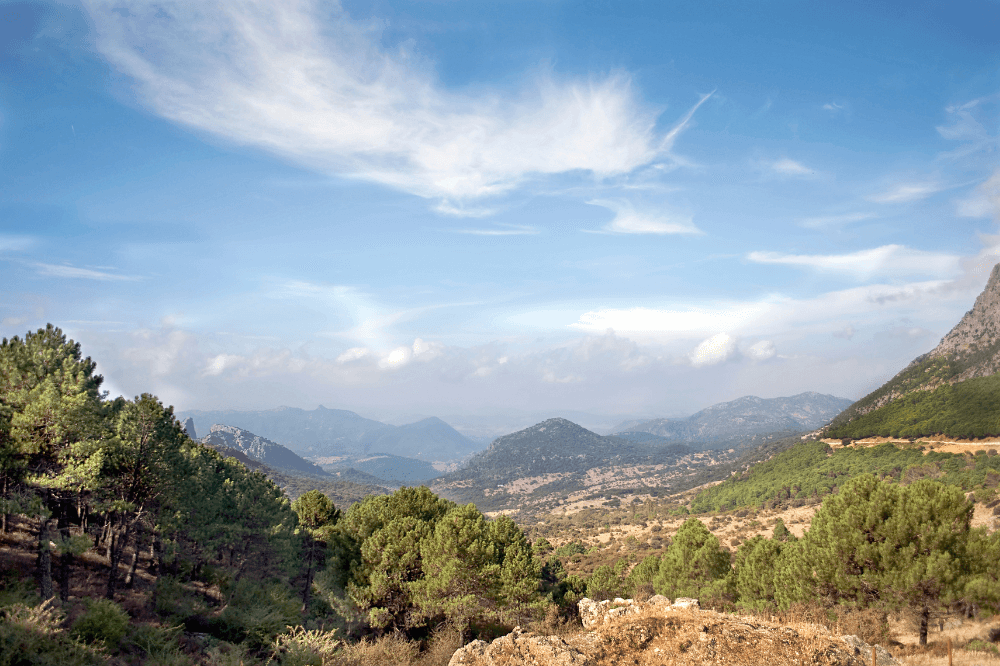
Straddling the provinces of Cádiz and Málaga, this park is known for being one of the rainiest places in Spain, giving it a unique natural richness and landscape—quite unlike what you might expect in the south.
Grazalema is the birthplace of the Pinsapar, a rare Mediterranean fir forest considered a botanical relic from the Tertiary period.
Beyond these remarkable trees, the park is a maze of canyons, caves, and sinkholes, making it a top destination for caving and canyoning enthusiasts.
Landmarks like Salto del Cabrero and Garganta Verde are just a few of the park’s geological wonders.
Hikers will find spectacular trails with panoramic views of the mountains and the region’s charming white villages, such as Grazalema and Zahara de la Sierra.
And let’s not forget, it’s also a vital sanctuary for the griffon vulture, home to one of the largest colonies in Europe.
Bardenas Reales Natural Park
From the lush Andalusian mountains, we leap into a landscape that looks straight out of a sci-fi movie: Bardenas Reales Natural Park.
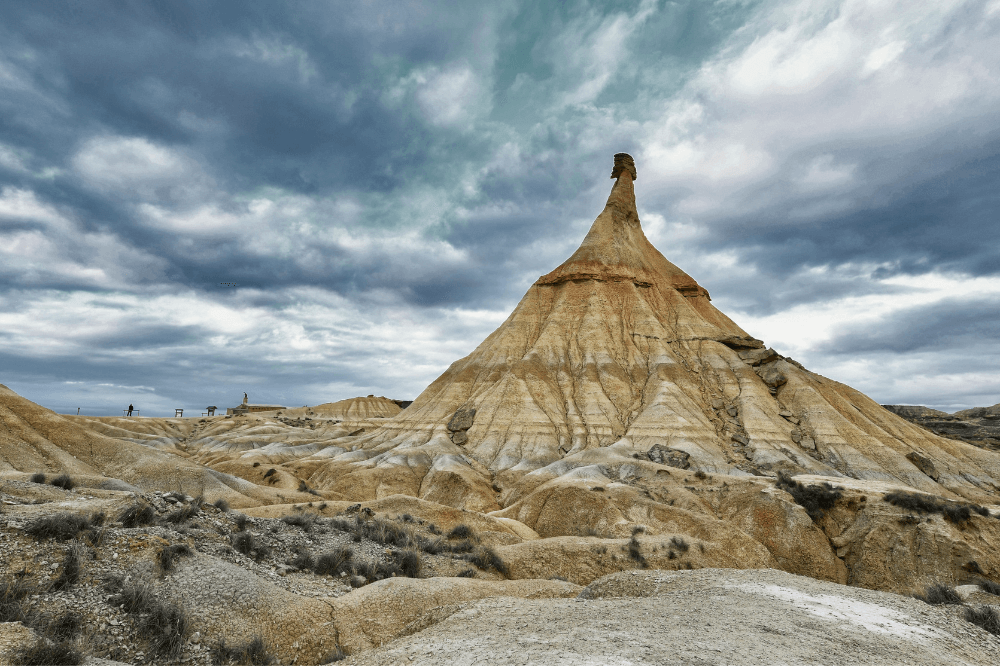
Designated a UNESCO Biosphere Reserve, Bardenas stuns visitors with its wind- and water-sculpted rock formations, shaped over thousands of years into a lunar-like terrain of ravines, plateaus, and cabezos, flat-topped hills that will leave you speechless.
The park is divided into three main areas: Bardena Blanca, the most arid and well-known, home to iconic formations like Castil de Tierra; Bardena Negra, in the south, with pine forests and scrubland; El Plano, a cultivated agricultural zone
This is paradise for photography lovers, hikers, and mountain bikers, with trails that lead through its most remote corners, where the only sound is the wind.
Despite its dry, rugged appearance, Bardenas Reales hosts a surprising variety of wildlife, especially birds of prey.
If you’re looking for dramatic scenery and a truly wild, off-the-beaten-path experience, Bardenas Reales is an unforgettable must-see.
Teide National Park
Centered around Mount Teide, the highest peak in Spain at 3,715 meters—and its vast caldera, Las Cañadas, Teide National Park is the most visited national park in both Spain and Europe, and a UNESCO World Heritage Site.
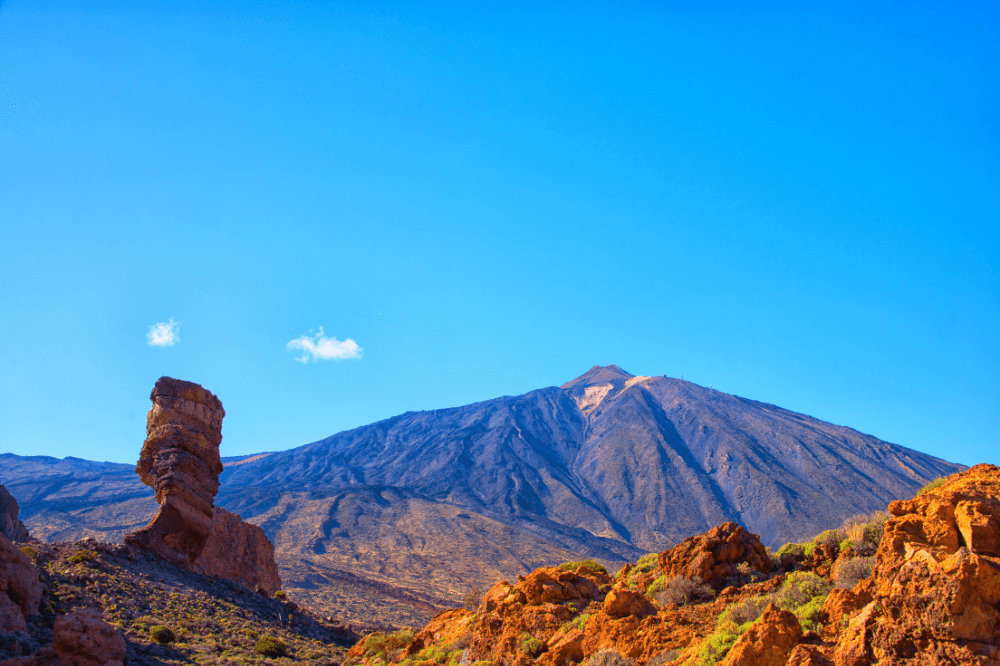
What makes it truly unique is its surreal geological landscape, shaped over millions of years of volcanic activity into striking colors and whimsical formations.
You can ride a cable car almost to the summit for breathtaking views across the Canary Islands, or explore the park’s many hiking trails that wind through lava fields, distinctive rock formations like Los Roques de García, and Martian-like scenery.
The park is also home to rare endemic flora, especially stunning in spring when plants like the bright red tajinaste bloom across the landscape.
And thanks to its low light pollution, Teide’s skies are among the best in the world for stargazing.
Doñana National Park
Located across the provinces of Huelva, Seville, and Cádiz, this area is a rich mosaic of marshlands, dunes, forests, and beaches, creating a biodiversity sanctuary of immeasurable value.
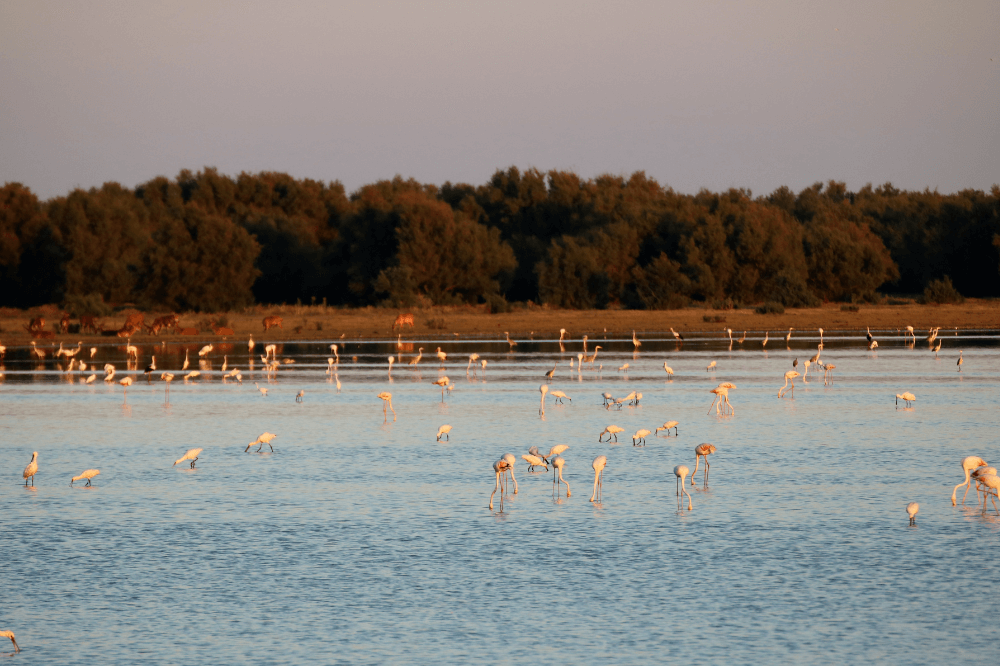
It’s a global ecological landmark, recognized as both a UNESCO Biosphere Reserve and World Heritage Site.
If you’re into birdwatching, this is one of Europe’s top spots. Millions of migratory birds pass through or nest here on their journey between Africa and Europe, creating a breathtaking natural spectacle during migration seasons.
But Doñana’s fame goes beyond birds: it’s also the last refuge for iconic and endangered species like the Iberian lynx, the most threatened feline on the planet—and the Spanish imperial eagle.
To fully experience what the park has to offer, guided tours in special vehicles are the best way to reach its most remote corners and observe its incredible wildlife up close.
Cabañeros National Park
From the wetlands of Andalusia, we head to central Spain to discover another gem in the national park network: Cabañeros.
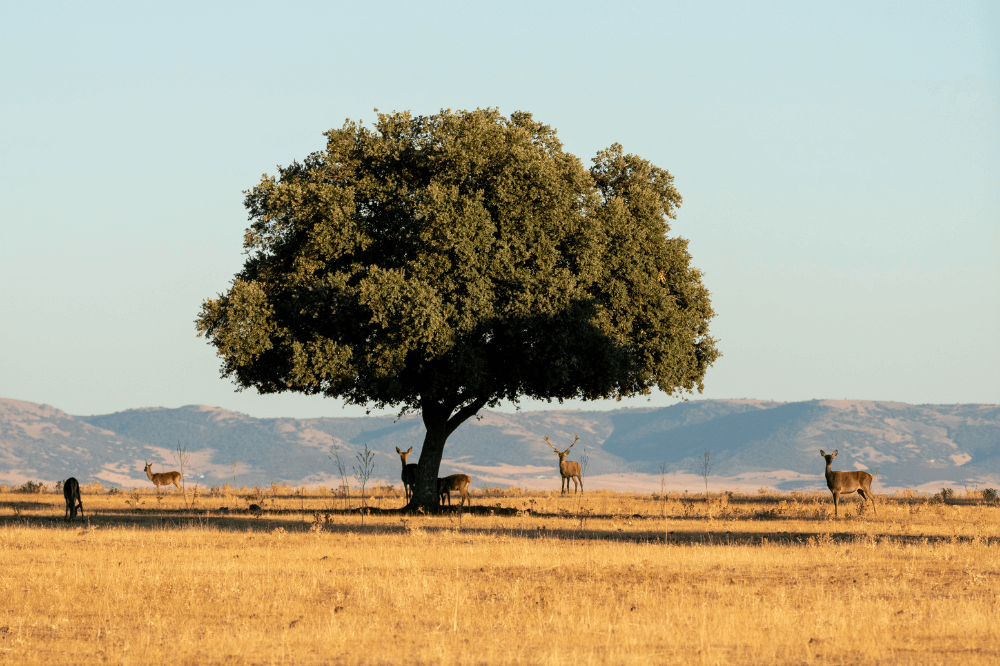
Straddling the provinces of Ciudad Real and Toledo, this park is one of the best-preserved examples of Mediterranean forest in Europe.
Often called the “Spanish Serengeti,” and for good reason, you’ll see why as soon as you arrive.
It’s one of the top spots in Spain to observe large mammals in the wild: deer, wild boar, roe deer and, if you’re lucky, the elusive Iberian lynx.
It’s also a haven for birds of prey, including the Spanish imperial eagle and black vulture soaring overhead.
The Full Experience: Local Flavor with Sazón The Folk Cook
At Sazón The Folk Cook, we believe the best way to get to know a place is through its flavors and its people.
That’s why we invite you to complement your nature adventure with a private culinary experience in the home of a local cook, often with stunning views as your backdrop.
It’s a one-of-a-kind opportunity to connect, learn, and of course, savor the most authentic Spanish cuisine.
Ready to add the final touch to your journey? Book your experience and discover the true taste of Spain.
Your taste buds will thank you!

